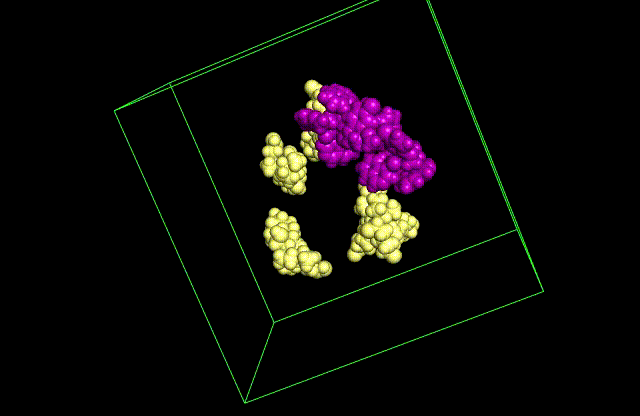Professor Reker has had a combined passion for chemistry and computer science since his high-school days. He was born in and attended school in Germany. The German school system is slightly different from the American school system. In what would be our equivalent of high school, Professor Reker focused primarily on chemistry and English while also minoring in computer science. At this stage in time, due to the lack of truly interdisciplinary, undergraduate educational programs, Dr. Reker was under the impression that he would have to choose between his two passions of computer science and chemistry. Based on the waves that computing was making in the early 2000’s and the resulting promising job market, Reker decided to pursue an undergraduate degree in computer science at the Technical University of Darmstadt, one of the top three computer science programs in Germany.
While he was accepted into a prestigious program, and was enjoying the computer science curriculum, Reker still felt like he was missing something in his education. Computer science appeared to be a powerful tool that should be applied to other domains to positively impact people’s lives. He was still passionate about biology and chemistry, so in order to stay with these fields he became involved with multiple extracurriculars in the biology department, leaning towards computational-flavored topics, and regularly attended seminars. After undergrad, Dr. Reker graduated with a degree in computer science, with added experience in computational biology. From here, he decided to further explore the overlap between computing and biology and earned a Master of Science from ETH Zurich in computational biology and bioinformatics.
As a master’s student, Professor Reker was especially drawn to the pharmaceutical science department of tETH Zurich and was interested in the application of algorithms for analysis and development of new drug candidates. After his masters, Reker stayed with the pharmaceutical science department and completed a Doctor of Science (equivalent to a PhD) with Dr. Gisbert Schneider in the “Computer-Assisted Drug Design” laboratory. After completing his PhD, Reker was yearning for more than just theoretical development of tools. He wanted to have a more translational impact, and actually use the tools he develops towards improving therapeutic options for patients. This drove him to the lab of Dr. Robert Langer at MIT, where Reker completed a post-doc in drug delivery, a later step in the drug development process with thereby higher chances of translation.
Staying true to his interdisciplinary roots, Dr. Reker’s vision for his lab is one that bridges multiple disciplines. As the lab gets more established in the new Wilkinson building, he aims to have roughly a 50/50 split between computational work and wet lab research with every student being involved in both aspects. The goal is to have a team made of people from a broad expanse of backgrounds. Having all of these different flavors of science working on the same projects greatly enriches the educational enterprise and the science, as there are multiple approaches being taken towards solving challenges in drug discovery and delivery. Professor Reker’s vision is one in which the lab is, “…an incubator space where students can learn to become multilingual in the different aspects of lab work and to come to learn what the hype around machine learning for pharmacology is about.”
Mentorship is also one of the most important aspects of science to Professor Reker. Even on the first day of lab meetings, I felt welcomed as Dr. Reker emphasized that his goal was to mentor students to hopefully surpass him as a scientist, rather than himself being a master of everything. This attitude has been something that has been with Dr. Reker for most of his academic career but was ultimately cemented as one of his core beliefs after his experience being an undergraduate TA for a very difficult computer science course. He ended up mentoring a group of students and the experience was so profound for them that they decided to become TA’s after him.
Wrapping up this interview, I learned a lot about Dr. Reker, and the journey involved with being an interdisciplinarian. Like Dr. Reker, I also find myself called to computer science, but still needing chemistry and biology in my life. Under Professor Reker’s mentorship, I hope to follow in his footsteps at the intersection between these three branches of science and become a “multilingual” student.


